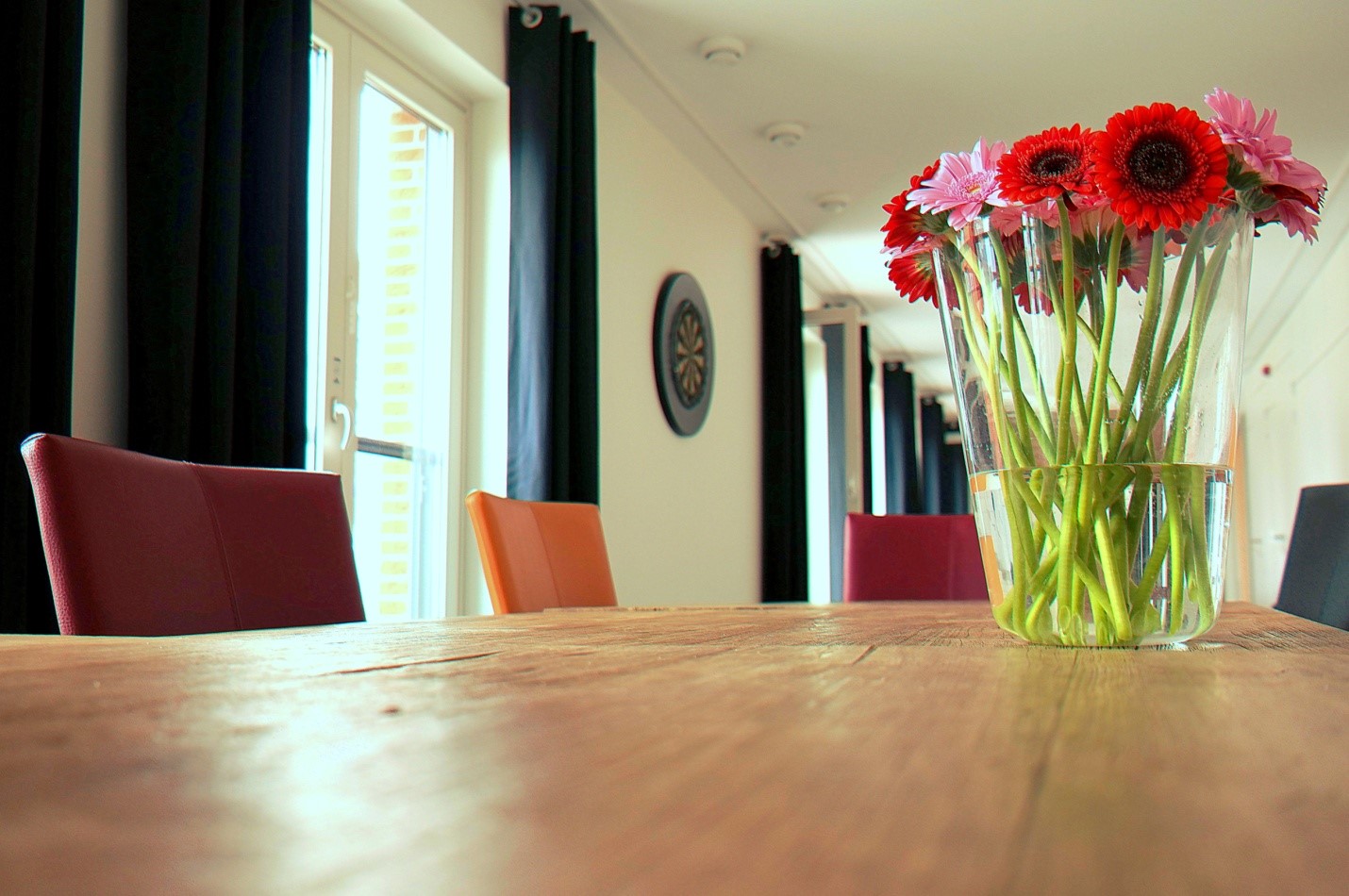Whether a waterproofing project is for an apartment complex, a school, or a parking garage, it will be expensive for the owner. The cost of waterproofing factors into the decision-making process and budgeting and financing plans that owners undertake. It’s essential to have a basic understanding of how factors influence the cost of waterproofing projects so you can better understand why it costs what it does. This information should allow you to demand more responsibility from your service providers and help them understand your standards and expectations. Here are six factors:
1Size
Bigger projects tend to be more expensive than smaller ones; this means that if you order too little membrane material, there could be waste at the end of the project.
2Location
Location is a significant factor in waterproofing, and it influences both the cost and timeline of projects. For example, if you’re on a beach or unstable soil, your foundation will likely need to be more secure before work can begin. Doing this type of work in winter adds another level of difficulty that affects price and timelines as well–trenches can’t be opened without exposing workers to harsh weather conditions; buildings must stay operational during construction; if there’s snow-covered ground on top of your foundation, the soil needs to be removed (which is done with heavy equipment), so the trench can be dug safely; etc.)
3Material Selection
Material costs vary by region, and product selection changes all the time. Your waterproofing product selection can impact price, too. For example, the cost increases if your contractor decides on a more expensive but longer-lasting membrane instead of a less expensive choice that will need to be replaced the following year. You also have to factor in material costs for drainage and water diversion systems and any additional insulation at your request on top of the standard waterproofing system.
4Type of Foundation
The foundation you have is a big part of the equation because specific methods work better with different foundations. Your contractor must use an appropriate installation method for your specific needs and considerations–the wrong approach could result in the faulty installation or even added expenses down the road (like removing contaminated soil after the project if the membrane fails due to incorrect installation).
5Quality
If you buy a cheaper version of your waterproofing membrane or drainage and water diversion systems, you’ll likely incur additional expenses when it comes time for replacement down the road. The cost of materials is just one part of quality–the labor and expertise needed to install everything appropriately and effectively also need to be considered. Pay attention to essential details like what type of material is used where, how much slope there is around the foundation, etc.–ask about these things when talking with contractors, so you’re not left wondering why it costs more than similar jobs in other areas that were completed for less money.
6Warranty
Warranties vary depending on the product and manufacturer you select. This means that if your contractor installs a particular brand but doesn’t have the proper warranty, you’ll have to pay for repairs or replacement down the road. You can avoid this by ensuring that all warranties are clearly outlined before work begins on your project.
Your contractor should know about these factors and how they impact price, but it’s up to you to ask questions to understand why costs are what they are. If something sounds unreasonable, don’t be afraid to say no; tell them why their quote isn’t feasible.












